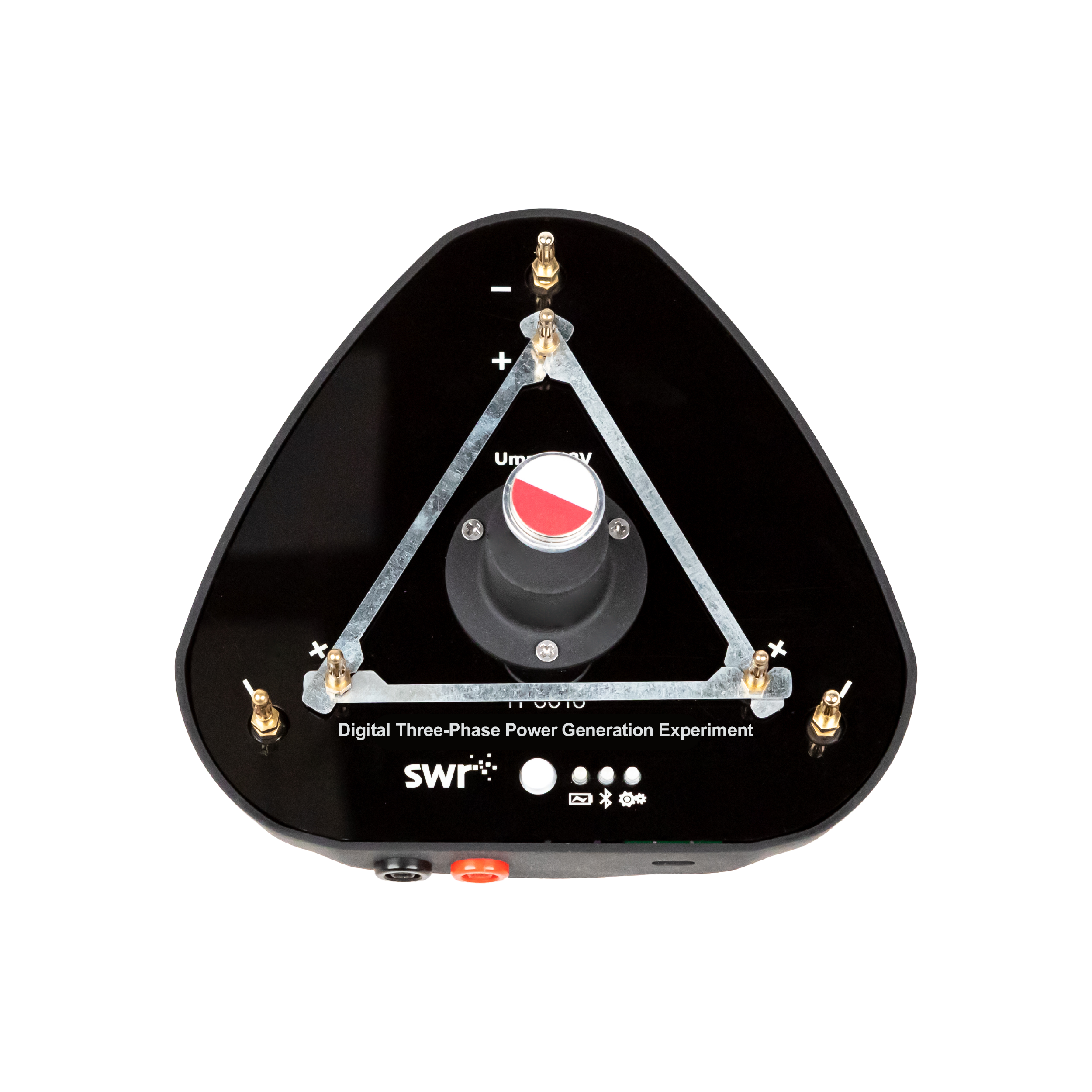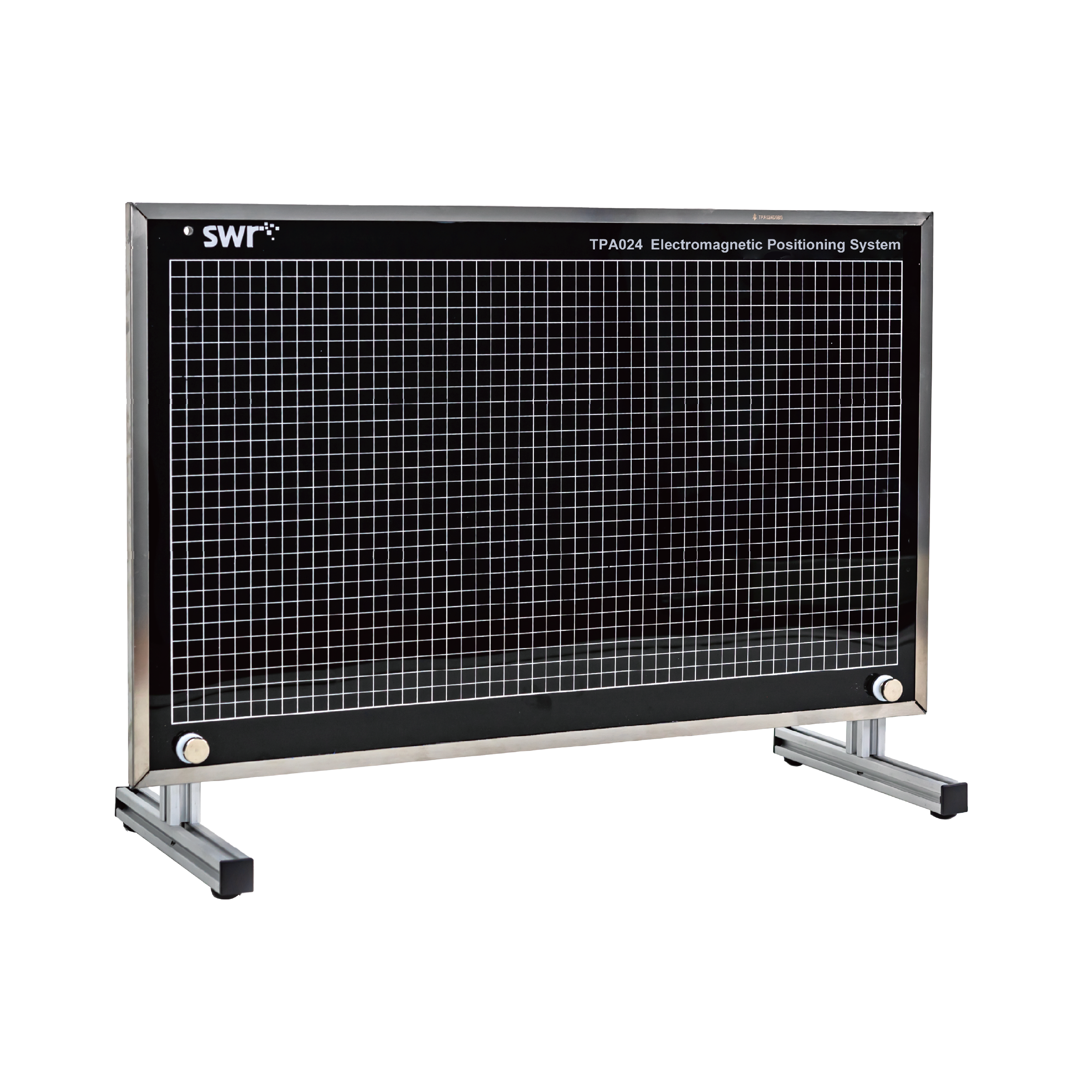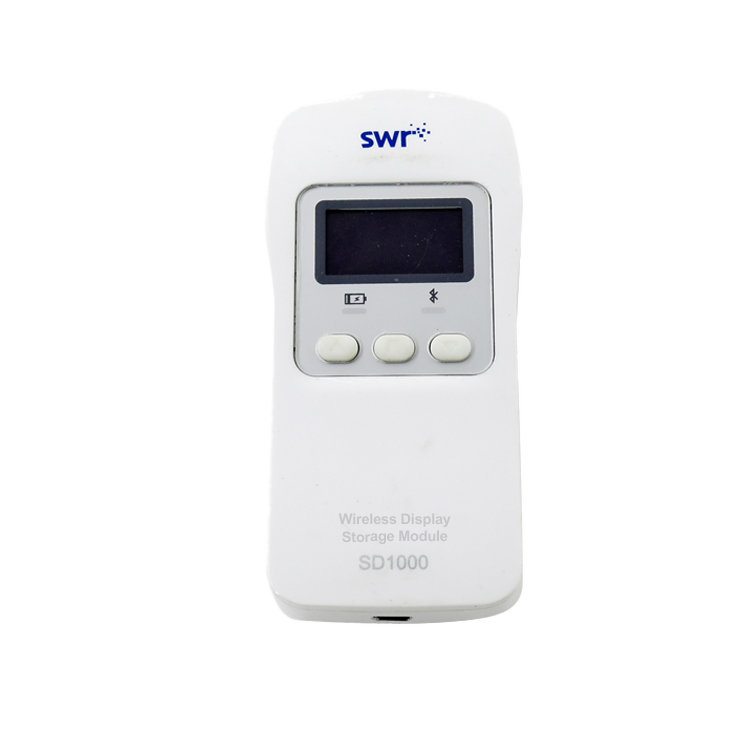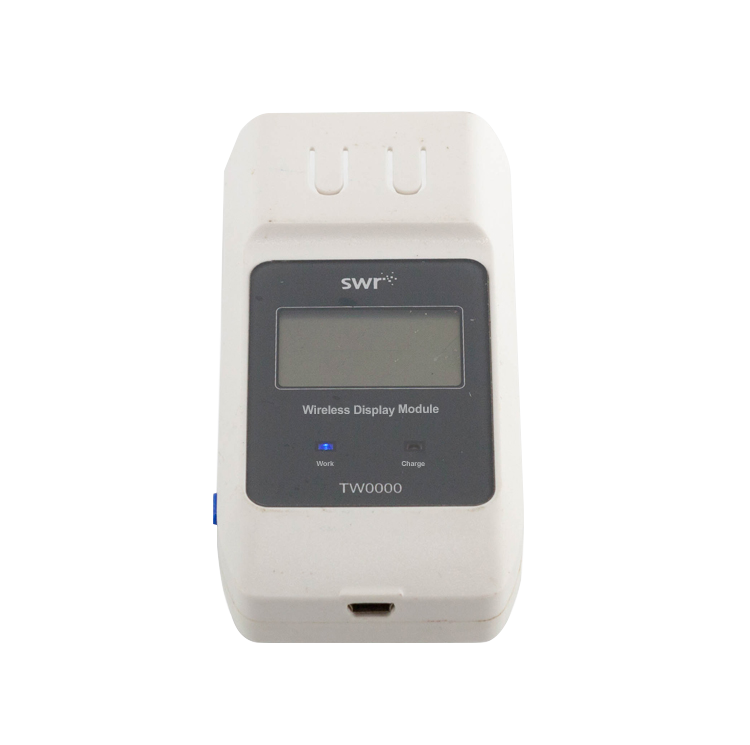Dynamical System
Classification:
Physics
Product Model:
TM1001
Grade:
Senior high school
Function Description:The dynamics system is a multifunctional, open experimental platform that allows students or experimenters to assemble experimental equipment to complete experiments according to their own experimental ideas.
Share products:
The dynamics system is a multifunctional, open experimental platform that allows students or experimenters to assemble experimental equipment to complete experiments according to their own experimental ideas. Therefore, the assembly of the dynamics system experimental device has great flexibility. As the experiment changes, its assembly method and required equipment will also change. It can maximize people's creativity and imagination.
Composition
It consists of a trolley, guide rails, base, support rods, accessory boxes and other accessories.
Function
The dynamics system is an experimental platform that can complete most dynamics experiments in junior high and high school. It can also be used with displacement, photoelectric gate, force and other sensors to conduct digital experiments. There are currently 3 digital matching series: disc, Smart, Timer.
Experiments
SenseDisc Pro Series:
1. x-t graph of uniform linear motion;
2. x-t and v-t graphs of uniform variable linear motion;
3. Use two photogates to measure the acceleration of uniform variable linear motion;
4. Explore the relationship between acceleration, tension and mass;
5. Kinetic energy theorem of work done by constant force;
6. Kinetic energy theorem of work done by variable force;
7. Change the initial kinetic energy and measure the change relationship of speed;
8. Momentum theorem under constant force;
9. Momentum theorem under variable force;
10. Momentum theorem of collision form;
11. Law of conservation of momentum;
12. Free fall motion;
13. Simple harmonic oscillation in vertical direction.
Smart Series:
1. x-t graph of uniform linear motion;
2. x-t and v-t graphs of uniform variable linear motion;
3. Use two photoelectric gates to measure the acceleration of uniform variable linear motion;
4. Explore the relationship between acceleration, tension and mass;
5. Kinetic energy theorem of work done by constant force;
6. Kinetic energy theorem of work done by variable force;
7. Change the initial kinetic energy and measure the change relationship of speed;
8. Momentum theorem under constant force;
9. Momentum theorem under variable force;
10. Momentum theorem of collision form;
11. Law of conservation of momentum;
12. Free fall motion;
13. Simple harmonic oscillation in vertical direction.
Timer Series:
1. Use two photoelectric gates to measure the acceleration of uniformly accelerated linear motion;
2. Explore the relationship between acceleration, tension and mass;
3. Kinetic energy theorem of constant force doing work;
4. Change the initial kinetic energy and measure the change in speed;
5. Momentum theorem under constant force;
6. Law of conservation of momentum.
Related Products
Digital Three-Phase Power Generation Experiment Device
This product consists of a base (with built-in sensors), coils, iron cores, short-circuit bars, and other components. It is designed for conducting three-phase power generation experiments to aid in learning about three-phase power generation in high school physics.
Electromagnetic Positioning System
It is suitable for the measurement of kinematic physical quantities such as displacement, velocity and acceleration of two-dimensional motion in middle school physics experiments. It can be completed with auxiliary materials: simple pendulum motion, flat throwing and oblique throwing motion, free fall motion, etc.
Wireless Display Storage Module
The wireless display module is small in size, easy to use, and has stable transmission. It can collect experimental data in real time during the experiment.
The wireless display module is small in size, easy to use, stable in transmission, and can collect experimental data in real time during the experiment.







